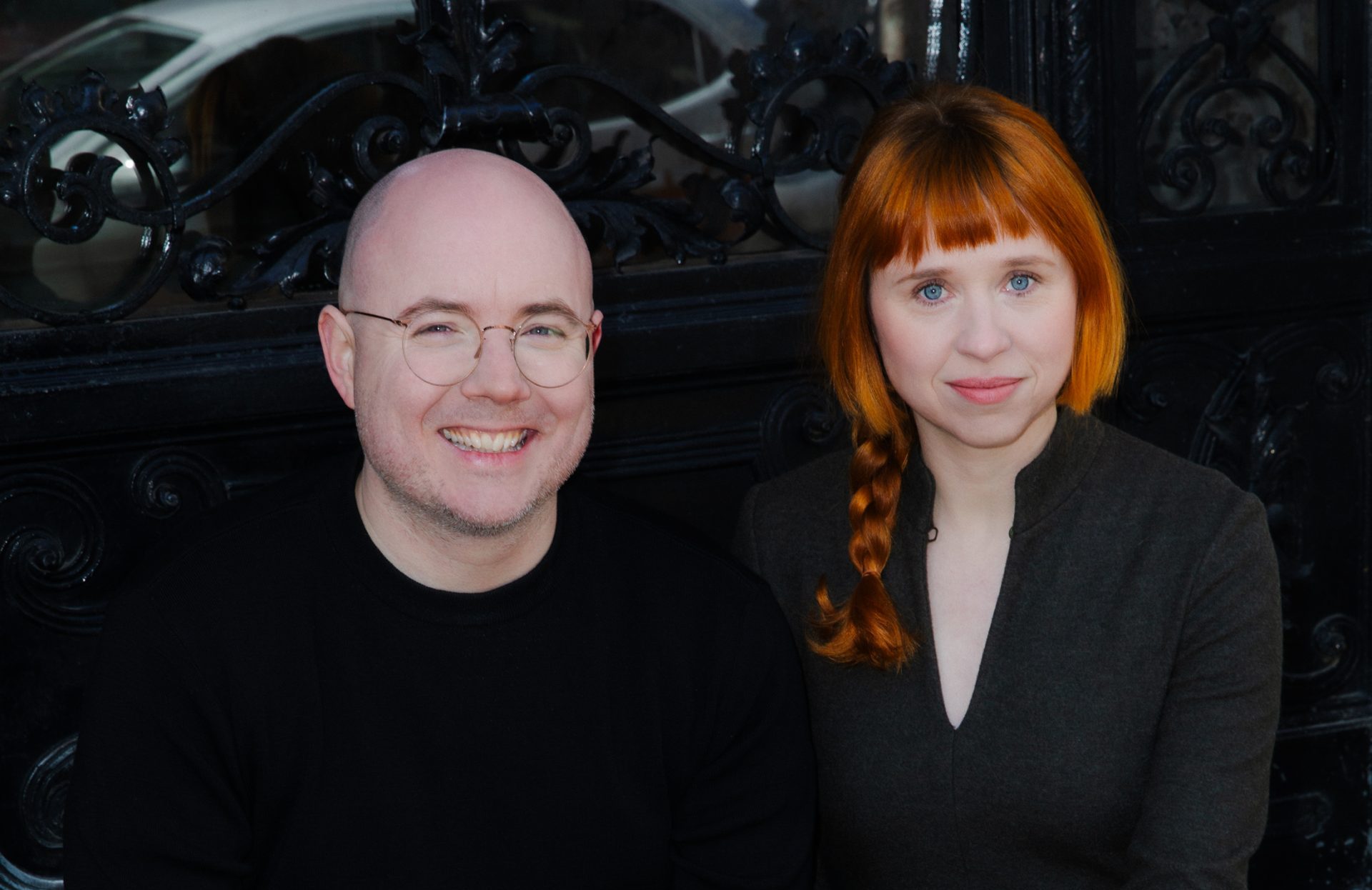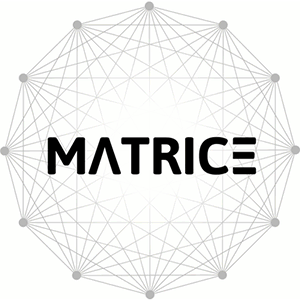Holly Herndon et Mathew Dryhurst
Artists
February 2026

- New Media
- San Francisco
“We are researching what it means to make AI by the public for the public. “
We are artists working with technology and systems for living with the technology of others. These technical protocols not only facilitate expansive artworks across media, but are proposed as artworks unto themselves. We have a background in music, releasing albums and touring the world. More recently we have been creating exhibitions for art institutions. We co-founded Spawning, with Jordan Meyer, to create a consent layer in AI training.
For the last ten years we have been working extensively with AI, with a focus on data provenance, identity and the voice.
Berlin-based artists Holly Herndon (b. 1980, US) and Mathew Dryhurst (b. 1984, UK) are known for their pioneering work in music, machine learning, and protocol development. Their expansive practice has led to precedent-setting projects where the technical systems that underwrite creative output are artworks unto themselves. Herndon and Dryhurst’s critically acclaimed musical works including Platform (2015) and PROTO (2019), released through 4AD, have toured major venues like Barbican, London and Volksbühne, Berlin. Herndon and Dryhurst most recently exhibited at the 2024 Whitney Biennial, presenting xhairymutantx (2024), an interactive text-to-image model designed to poison Holly’s public image. In 2024 they presented the solo exhibition The Call at Serpentine Gallery in London.
In 2022, the duo co-founded Spawning, an organisation building a consent layer for AI, including tools for artists such as haveibeentrained.com, Kudurru and Source.Plus. They were awarded the 2022 Ars Electronica STARTS prize for digital art, Austria’s first Digital Human Rights Award in 2024, and the Kairos Prize in 2025.
We are researching what it means to make AI by the public for the public. After years working with AI and thinking about data provenance, we find a renewed excitement for the Public Domain. Through Spawning we put together PD12M, the largest data set of Public Domain images which can be used to train public domain base image models. We are currently working on PD40M, which will consist of 40 million public domain images. While this data set is impressive, it is missing many concepts, so our studio is working on tools to prompt the public to contribute the missing data to the public domain.
We are currently training Public Diffusion, an image diffusion model trained on PD12M which will be available for the public to use.
These projects open several lines of inquiry about the way this technology is being developed, who owns it, and how it will impact the social contract.
The Bay Area is widely known as the center of AI development. During our time at Villa Albertine, we hope to have conversations with stakeholders in the field of AI from private corporations to academic researchers to understand what the people working on this technology are thinking about how AI will impact the social contract. This question encompasses how this technology will be monetized, how it will impact people’s daily work and lives, and what new institutions will be needed to meet this new reality. This requires speaking to people in both the public and private sector, along with academic researchers at Stanford HAI, CCRMA, and the Stanford Art Department.
In partnership with

Matrice
Matrice is a technological and social innovation institute founded in 2016. At the same time a training organization, incubator, research center, innovation laboratory and place of artistic creation, Matrice breaks free from the classic dividing lines for assemblers, in the same community, students, entrepreneurs, researchers and artists, beyond disciplinary anchors.

Institute for Research and Coordination in Acoustics/Music (Ircam)
IRCAM, the Institute for Research and Coordination in Acoustics/Music directed by Frank Madlener, is one of the world’s largest public research centers dedicated to both musical expression and scientific research. Home to over 160 collaborators, IRCAM is a unique place where artistic sensibilities collide with scientific and technological innovation.


